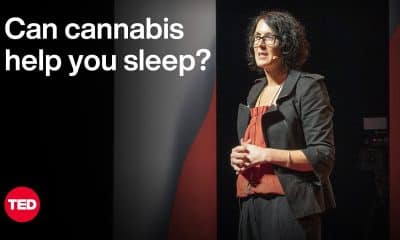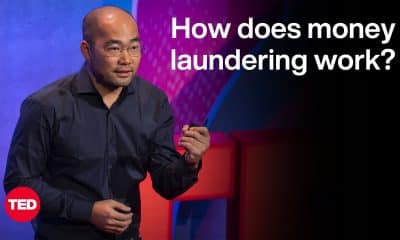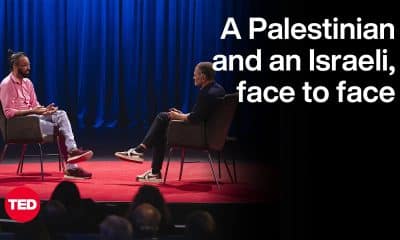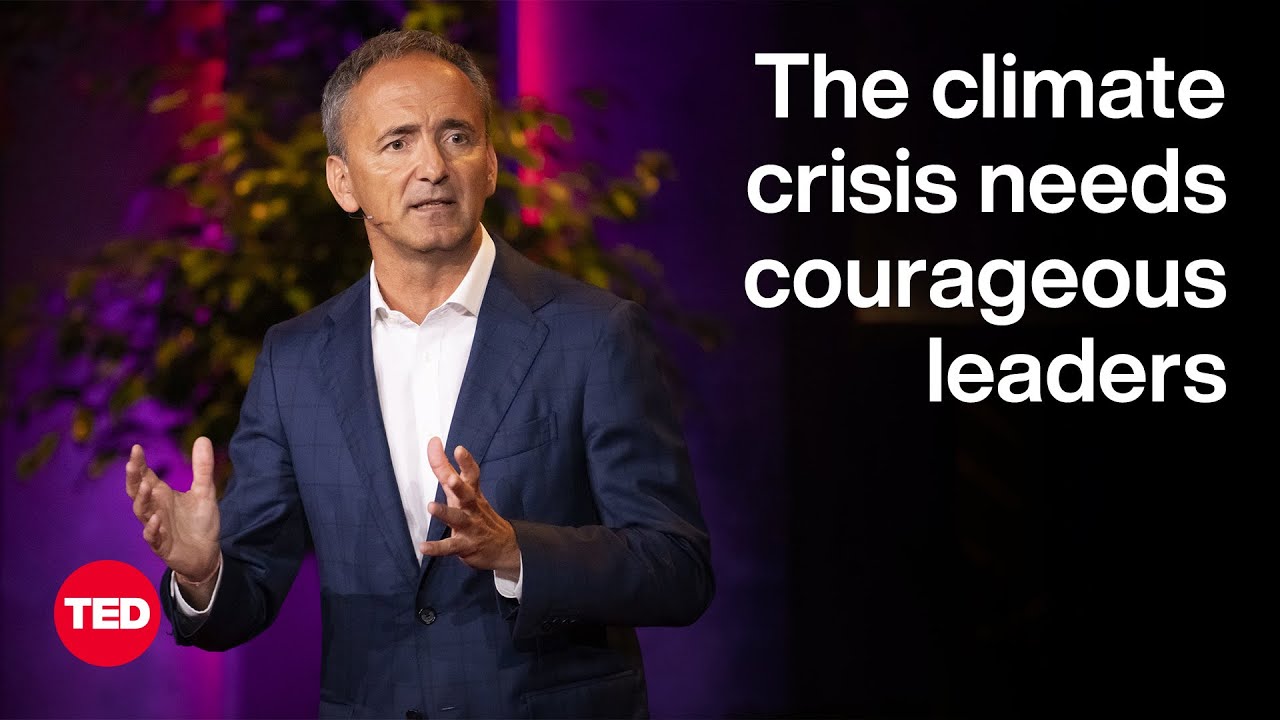Visit to get our entire library of TED Talks, transcripts, translations, personalized talk recommendations and more.
If you’ve sanded down your edges to fit in, it’s time to bring them back — there’s power, value and beauty there, says Crystal Rasmussen. With candor and humility, Rasmussen shares their experience navigating shame, how it manifests in ourselves and the world and the ways drag revealed a path toward self-love and acceptance. A talk for anyone struggling with becoming exactly who they’re meant to be — and a reminder that it’s rarely easy but always worth it.
The TED Talks channel features the best talks and performances from the TED Conference, where the world’s leading thinkers and doers give the talk of their lives in 18 minutes (or less). Look for talks on Technology, Entertainment and Design — plus science, business, global issues, the arts and more. You’re welcome to link to or embed these videos, forward them to others and share these ideas with people you know.
Become a TED Member:
Follow TED on Twitter:
Like TED on Facebook:
Subscribe to our channel:
TED’s videos may be used for non-commercial purposes under a Creative Commons License, Attribution–Non Commercial–No Derivatives (or the CC BY – NC – ND 4.0 International) and in accordance with our TED Talks Usage Policy (). For more information on using TED for commercial purposes (e.g. employee learning, in a film or online course), please submit a Media Request at
Transcriber:
These days, I find it easy
to look in the mirror.
This used to be the case, too,
because I learned
to be a drag queen alone,
Back then, in the early noughties,
there was no cultural mirror
for someone like me.
There was no chance
of switching on Netflix
and finding someone who looks like you,
and Lily Savage never quite made it
to the Woolworths bargain bin
if she ever made it
to the dizzying heights of VHS at all.
So there was me and a mirror,
and that’s the only place
I saw myself for a long time.
It will be over a decade until this part
of me became more than a mere reflection.
And in that time,
what happened would change
my relationship with that mirror.
In that decade, I came out as gay
at a Catholic state comp
in the working class North West,
and I survived.
But as with anything that unsmooths
the edges of normal society,
that coming out brought with it
a daily dose of judgment
and therein shame
from almost everyone around me,
shame that was heard
and felt and internalized
and often replicated by me.
Commonly, when we think about shame,
we imagine it at the extreme end
of the spectrum,
anything from years of intense dieting
to keep up with extreme
Western beauty standards,
all the way to things like honor violence.
But for me,
my shame existed at the long end
of the tail of the shame monster,
as self-hatred.
Now, this didn’t really
affect anyone else.
On the surface, I was fat,
feminine, gay, spotty, ginger.
I didn’t really have much going for me,
by society’s standards.
But what I did have was a killer,
if not overcompensatory,
bitchy gay personality,
and I was not afraid to use it.
If you were going to throw a rock
at me and call me a faggot,
then I’ll barb you back by telling you
that one day when I’m famous,
you’ll be licking my boots clean
and begging me for employment.
(Tsk)
We all reproduce shameful
and shaming behaviors,
because we’re all trying
to escape our own shame.
And as the shame monster
swallowed me whole,
I couldn’t find myself in the mirror.
Eventually, I left my hometown
and went to a rather posh university
that my whole town had celebrated
my acceptance at with glee.
And when I arrived there,
I started to tell lies
about my upbringing.
Not big ones.
There’s only so many vowels you can drop
until someone realizes
you’re not landed gentry.
But I started to say things like,
“I’d read that book” when I hadn’t,
I started to tell people
I’d grown up in Manchester,
when really, it was two hours
north of there.
I spent time alone in the mirror,
like I had with my drag persona
all those years ago,
trying to change
the way I speak just a little.
To the world, I was easy.
I worked hard to fit myself
into a neat storyline,
the friendly gay Mancunian,
when really I knew that the swathing
complexities of my identity
couldn’t fit inside a storyline.
And if I was found out,
I was terrified that I’d be cast out.
And so the self-hate ensued once again.
Now, what does self-hate look like?
What does it feel like?
It sounds pretty intense,
but it’s actually way more boring
and way less dramatic than vile gouts
of hatred towards who you are.
For me, self-hatred
was about not believing things
that were objectively true.
It was about looking in the mirror
and seeing something monstrous.
It was about looking in the mirror
and seeing something not deserving of love
or respect from myself and others.
It was about looking in the mirror
and wanting to change parts of myself:
my weight, my gender,
my sexuality, my class —
so extremely that you commit
acts of self-harm and self-denial.
I lied, I judged, I bitched.
I changed the way I spoke.
And I had so much extreme sex
that I would find myself, years later,
recalling all
the times my consent had been breached
because it’s what I thought I deserved.
Sidebar, to say that extreme sex,
when practiced safely and consensually,
can be some of the best sex.
But as my grandma would have said,
I was in a pickle.
I looked in the mirror
and I saw something monstrous.
But I managed to persuade
those around me that I was fabulous.
The first time I performed
in drag, I was 19,
and to put it lightly,
I was not fabulous.
But so was everyone.
And the standard back then, in 2011,
was much lower than it is now.
And, you know, the people of my repressed
generation
were just pretty happy
to see something different.
But …
As bad as I might have been,
this experience
was such a liberatory process,
something that Oprah
might have called an aha moment,
because for the first time,
this thing I’d only ever really seen
in a mirror was real.
She was tangible.
And what’s more, she was adored
by a crowd of people.
Drag continued this way for a while,
until the barrier between the mirror
and the real world faded away.
I had admitted my most shameful
desires to the world,
and somewhere in some pockets
of some worlds that I never knew existed,
she was adored.
So I started to drop my vowels more.
I started to talk about Lancaster more.
I started to wear ball gowns
in the street,
and I started to fall back in love
with what I saw in the mirror.
Eventually, everyone around me
followed suit —
my friends, my family, my lovers.
She became a place of value,
and of power, and of uplift.
She became what she’d been in the mirror
all those years ago —
a savior.
So I did what anyone who found
their power source would do,
and I leaned in as archcapitalist
Sheryl Sandberg would say,
and I journeyed to the heart
of the queer motherland,
East London.
There, I had queer sex,
I made queer friends,
I wore queer clothes,
and I built myself a job
where I could dress like this every day,
worshiping at the feet
of the Northern women who raised me,
and be celebrated for it.
It’s kind of a wild thing
to get your head around,
the idea of being celebrated
for something you were
so painfully derided for before.
But my journey
to shamelessness was not over.
Funny how years of deep embedded circuitry
takes a little while to untangle.
See, I’d made this bubble,
this shame-free bubble
where everything about me
was celebrated.
And one night on the way home
from a gig in drag,
I was beat so badly
that I was hospitalized,
by a homophobic passer by.
The shame flooded out
of my internal boxes and filled me up.
I went to so many dark places in my head.
I’m loathe to repeat them,
but I asked myself questions like
“What if everyone who’s ever said
anything bad about me was right?
What if I deserve all of this shame?”
I had some work to do,
and I was a bit too shaken
to stay around in London,
so I took a train from Euston
back home to Lancaster,
and I spent some time healing.
And I worked hard to fall in love
with the things I thought I’d left behind,
the things I’d loved
about Lancaster, growing up.
The people there, the way we connect,
Jan down the SPAR shop, who sells fags,
the boys who give you a bit of a look
but respect you nonetheless.
And I came back to London
with more of an awareness
of my value,
of my history.
I had been dressing differently
since the attack.
I was wearing all black,
plain clothes, trying to blend in,
because when I was at home in Lancaster,
I realized that safety was more important
to me than curing myself of shame,
and I can’t do the latter
if I don’t have the former.
But while I was up in Lancaster,
I’d also had another realization.
I realized that everybody
suffers with shame.
Even my attacker.
This was another aha moment,
a moment so liberatory
that it confused me for a while.
The fact that I wasn’t alone in this,
that everyone suffers from shame.
Normality is God and everyone’s
a sinner, I realized.
I got obsessed with that.
I started looking everywhere
and seeing shame in people’s behaviors,
from their silence to their violence,
from their gender-reveal parties
to their big white weddings.
Even my attacker.
He was so filled with shame because
of what masculinity had done to him
that upon seeing my difference,
he lashed out at me with his fists.
Rather than curing my shame,
I had to work hard to reimagine it
as something that we all
carry around with us,
like little pebbles attached
to our back in a rucksack.
It’s something that affects us all,
that causes harm in us all
and causes us to perpetuate harm
outwards to others too.
I also realized I was existing
in a complicated interplay
of narcissism, self-hate and shame too,
where I wanted everyone
to accept everything about me.
And until then, until that moment,
I would see something
monstrous in the mirror.
But I realized that I don’t need everyone
to accept everything about me.
Jan down the SPAR shop who sells fags
has way bigger problems than my gender,
my class, my sexuality.
She’s got her own shame to deal with.
But what we do need —
well, I need —
is the ability to live safely.
The ability to walk down
the street in drag
and not have some homophobic passerby
do what he did to me.
And the way we do that
is by doing some shame-work.
It’s about looking inside
and realizing that all the boxes
that had been put there by the world
are a lie.
All the things that you’ve had
to shave off to make yourself smooth,
bring them back.
There’s power there, there’s value there.
There’s beauty there.
Shame-work is social work —
it’s time we all did a bit.
These days, I find it easy
to look in the mirror.
Thank you for coming to my TED talk.

 Science & Technology4 years ago
Science & Technology4 years ago
 Wired5 years ago
Wired5 years ago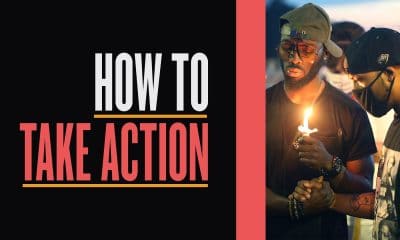
 CNET4 years ago
CNET4 years ago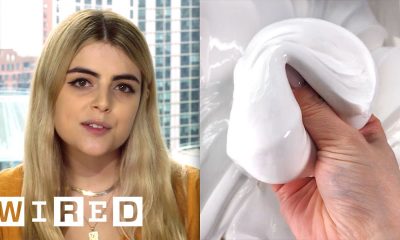
 Wired5 years ago
Wired5 years ago
 Wired5 years ago
Wired5 years ago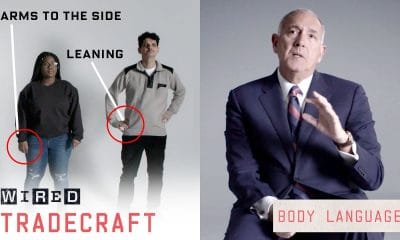
 Wired5 years ago
Wired5 years ago
 People & Blogs2 years ago
People & Blogs2 years ago
 Wired5 years ago
Wired5 years ago